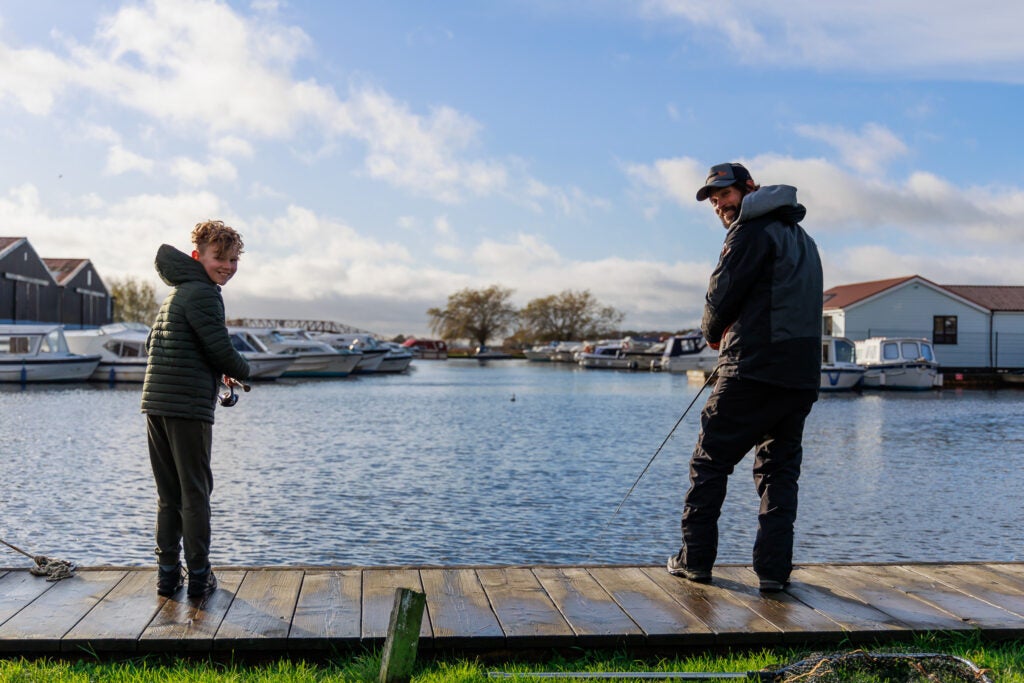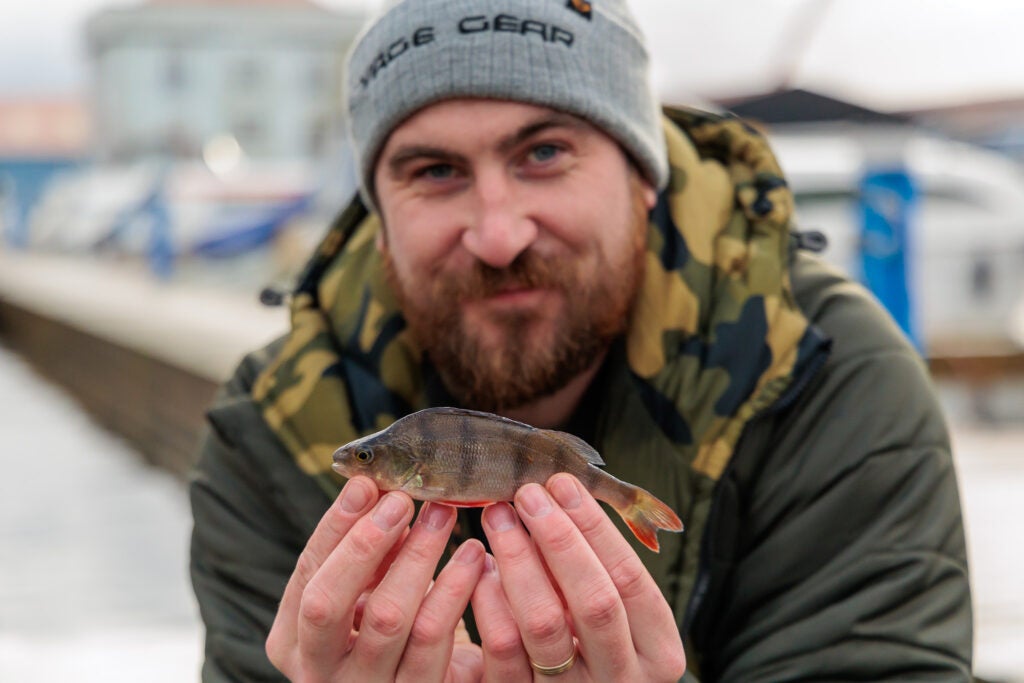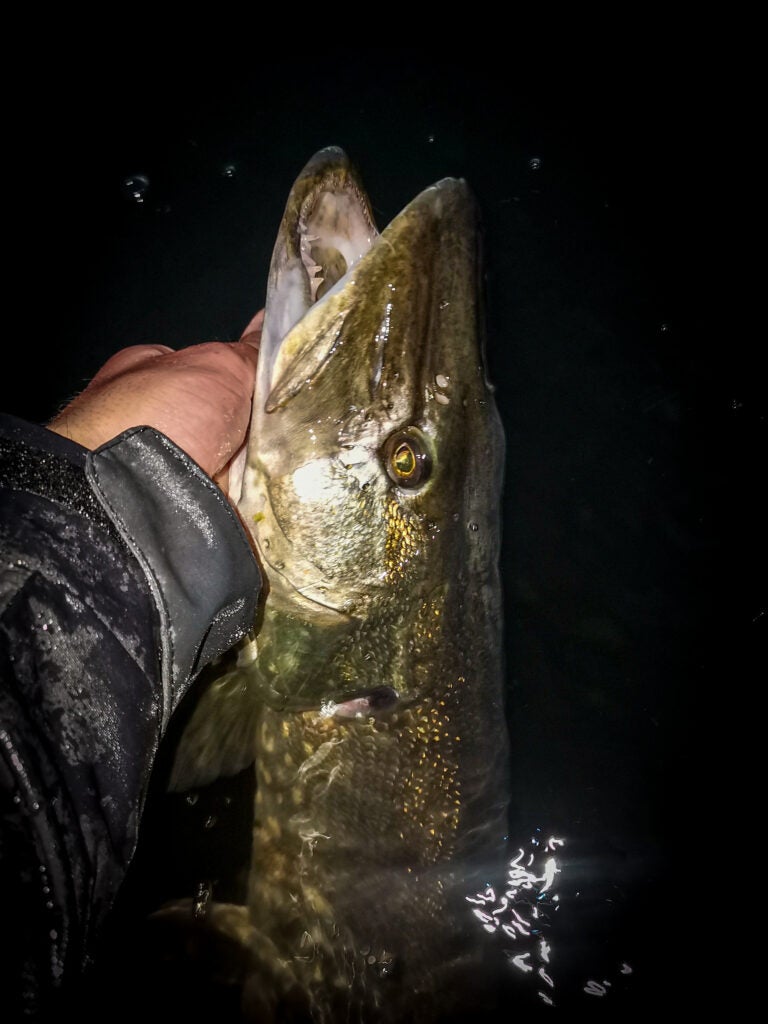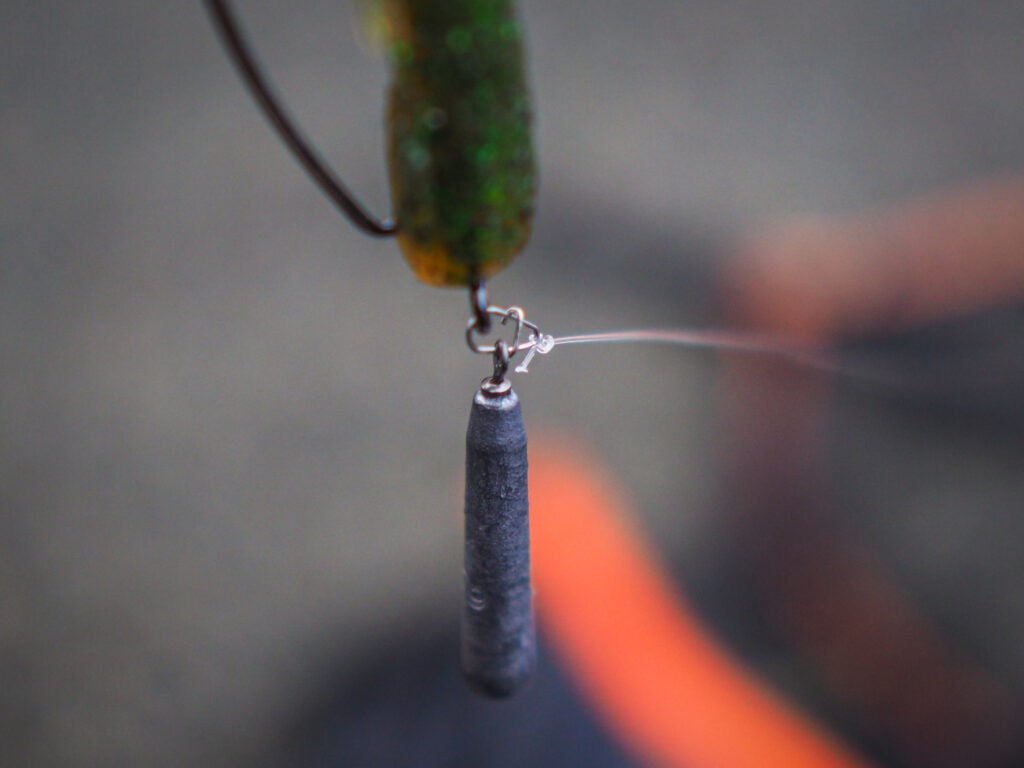My Favourite Weedless Perch Rig
When it comes to rigs, particularly for perch, we all have our preferences. My favourite, which has remained at the top of my list for a long time, is the Jika rig. The Jika has been around a while now, yet I still use it on a regular basis. It’s one of the easiest, most versatile weedless set-ups to use. Today I’ll cover my Jika set-up, when I use it, and how I work it.
What is the Jika? The Jika rig consists of an offset hook and weight mounted on a split ring. Most anglers have done away with the split ring, instead using a micro clip. This makes the Jika compatible with both fluorocarbon and wire traces. It’s incredibly simple to set up. You open the clip, either on the trace or leader, whichever you choose, slide the hook on to the clip, point up, then slide on your chosen weight, close the clip, add a lure, and you’re ready to fish. Easy!
Ease of use. Using other weedless tactics, Texas, Carolina and cheb rigs require either an additional clip, or re-tying to change the hardware. Weights, hooks and lures are very easily changed when using the Jika rig. This is an incredibly important aspect for me when it comes to mid-winter fishing.
Perch can be really fickle in cold conditions, often I want to fish as light a weight as possible, or drop to a smaller lure and hook. This can really make a difference for confident bites when moving from fast water to slacks etc. In freezing conditions, re-rigging or rummaging through tackle boxes is not pleasant. I’m often armed with a few hooks, weights, and lure options in my pocket for easy changing.
Advantages of the Jika. A huge range of movement makes the Jika rig perfect for creature baits, small shads and ned lures. The hook and weight move freely, allowing the lure to drop vertically, with a fair separation from the bottom before it settles. Combined with floating soft plastics, it allows a great stand-up profile. I prefer to use the Jika rig with longer pencil-style weights. Pear and bomb designs work great too.
The longer weights allow you to fish over silty, soft bottoms with lots of debris. They knock and move over small snags and obstructions, and don’t sink as far into silt as conventional rigs, allowing you to ensure your lures are snag-free. The little puff of silt the weight makes as the lure glides along the bottom often triggers fish as a visual attractant. To sum it up, the Jika is a great rig over silty, hard and snaggy bottoms, but it does catch weed a little more easily than Texas and cheb rigs.
How to fish the Jika. Although you can swim the rig, the Jika performs best fished close to the bottom. Aggressive vertical jumps with a controlled drop work well; due to the flexibility of the hook and weight, the lure will swim down on the drop settling briefly upright. This is often when the takes come. Feeling the lure through snags and debris is effective. Drag, lift and pulse the lure, feeling your way around the structure.
Crawling the lure over silt works great too. With the weights often being around an inch long you can drag the lure along silt and sand. The weight will work the bottom, stirring it up, while the lure flutters above. A slow steady retrieve works great for this, add pauses of varying length, depending on the feeding mood. If you haven’t tried it yet give the Jika a go.
A PUZZLING WEEKEND
Aside from fishing, the rest of my past week was spent at Lathams Fishing Tackle in Potter Heigham. Each year we hold a Savage Gear open weekend at the store, with a few of us on site offering tutorials and demos. The weekend is always a great success in my eyes, with many local youngsters dropping by to learn a little bit more about lure fishing.
This year was no different, with some great young anglers turning up. Jamie, Rory, Rowan, Liam, to name a few. All absolutely mad about fishing. Unfortunately, the weather was pretty extreme with driving rain, wind, hail and sleet. We did, however, manage a few casts during dry spells.
It was quite a troubling weekend fishing-wise. Usually we would encounter a good number of pike with our combined efforts. This year they were incredibly elusive, with a handful of small fish banked and one good one lost.
Back in Easter the Broads received yet another huge salt surge, killing hundreds of thousands, if not close to millions of fish. With changing weather and more North Westerly winds battering the Norfolk coast, these events are becoming more frequent and severe than ever.
During our weekend at Lathams, I encountered John Currie from the PAC who was monitoring salt levels during yet another surge, tying in with the end of our show. It’s a worrying truth, threatening the very future of fish stocks on the Broads, the only solution a tidal barrier at Yarmouth. But, with the EA letting us down on other issues surrounding angling, such as the Great Broad Project, will the Broads ever receive the help it needs..?






As I slipped this one back, I wondered what the future holds for the Broads














